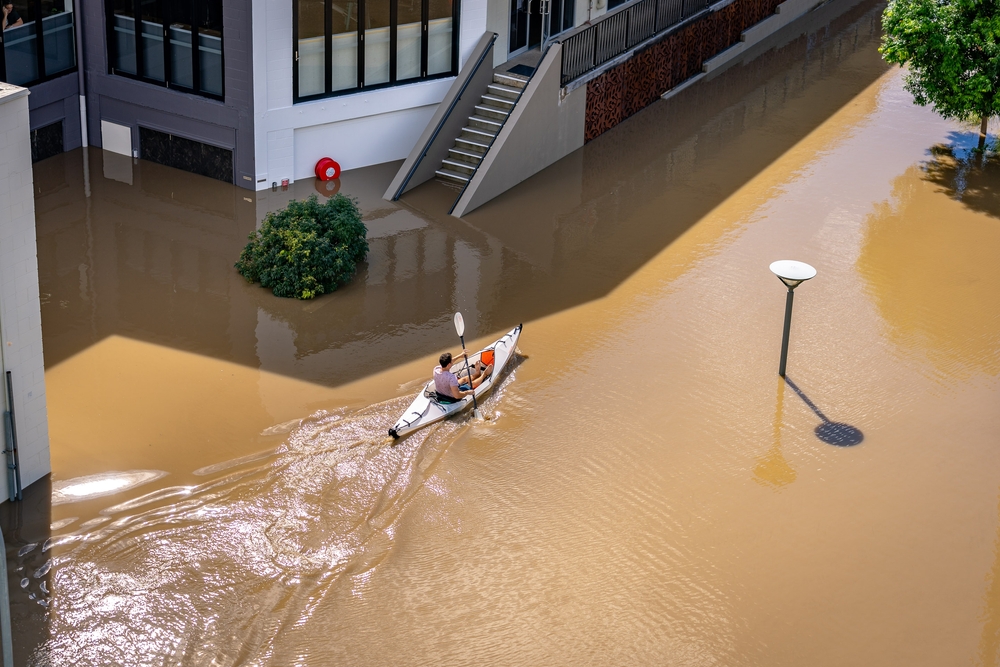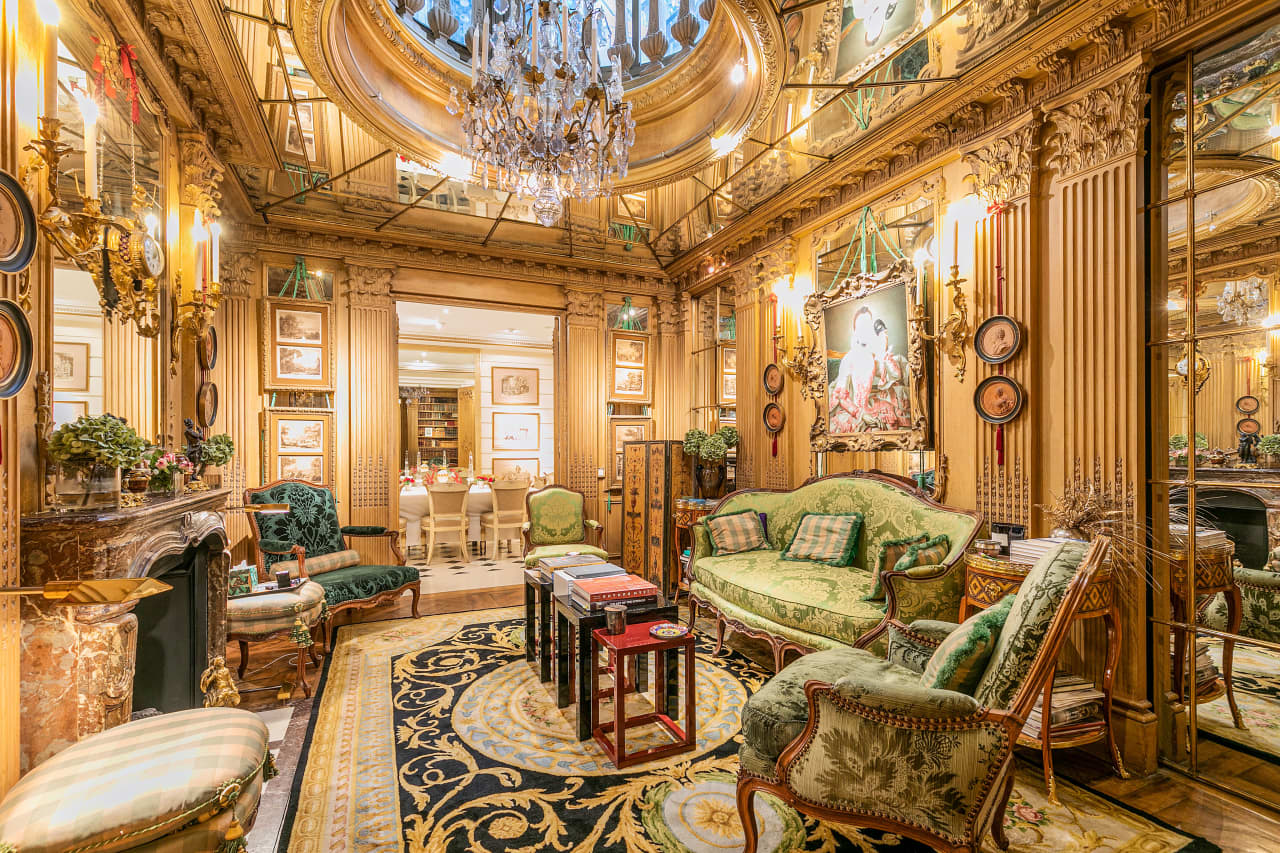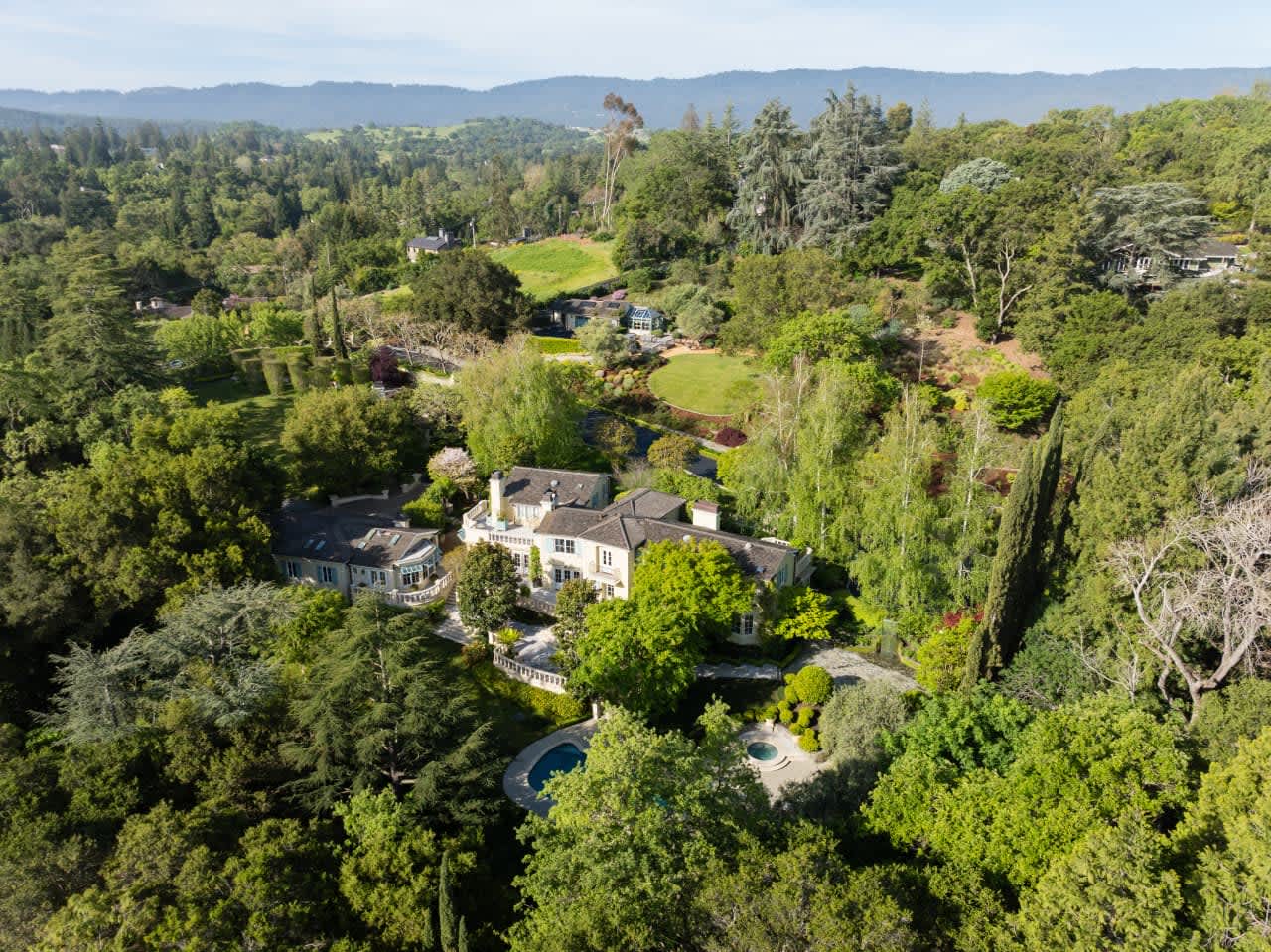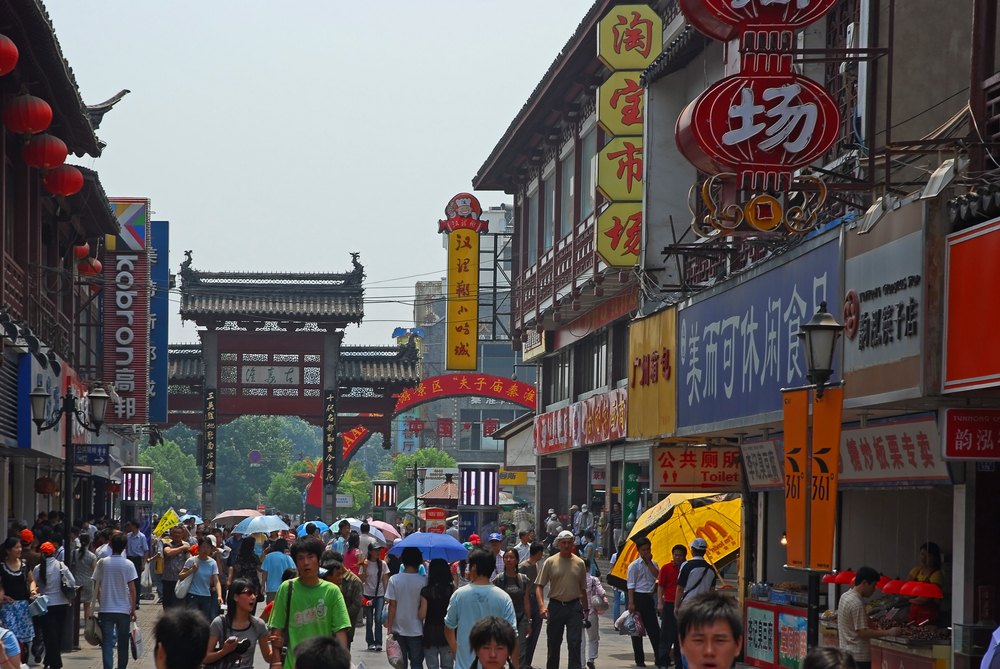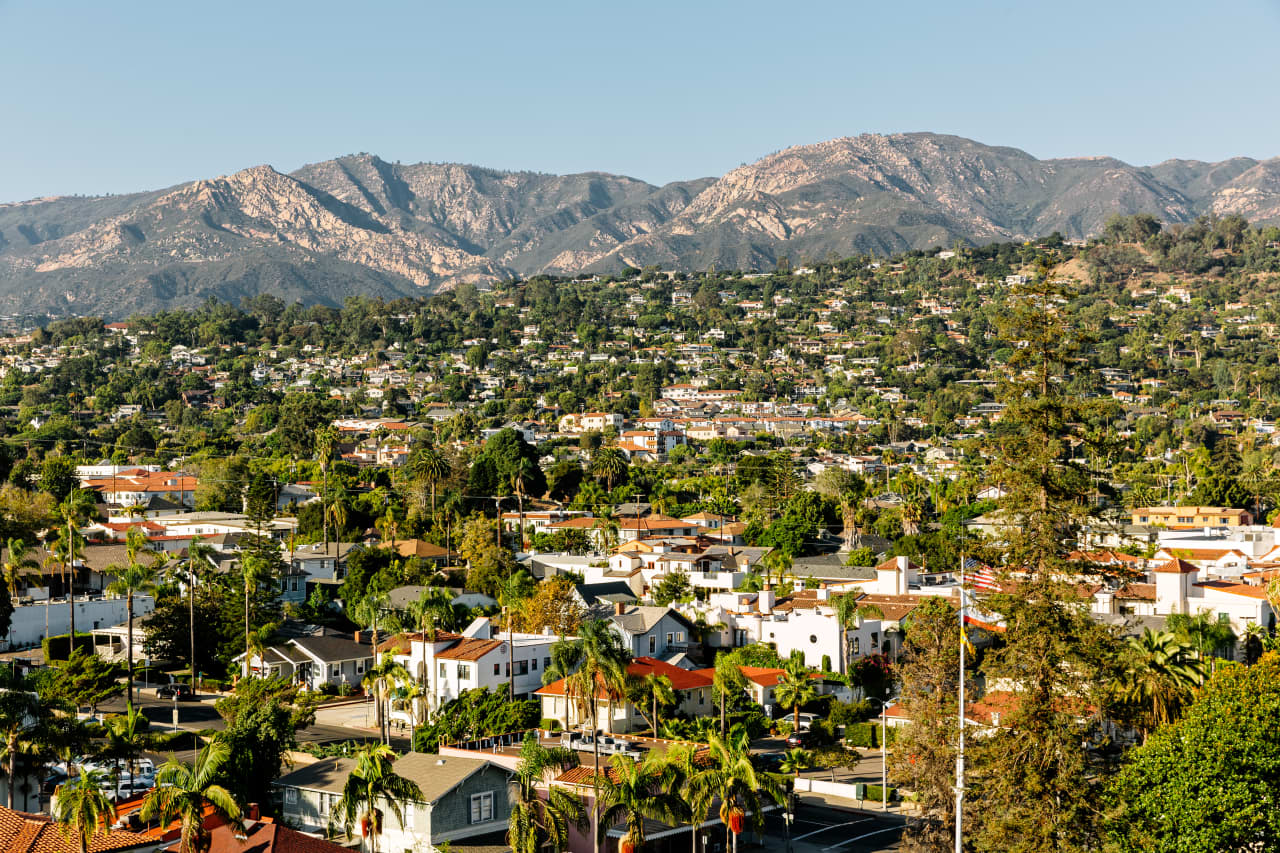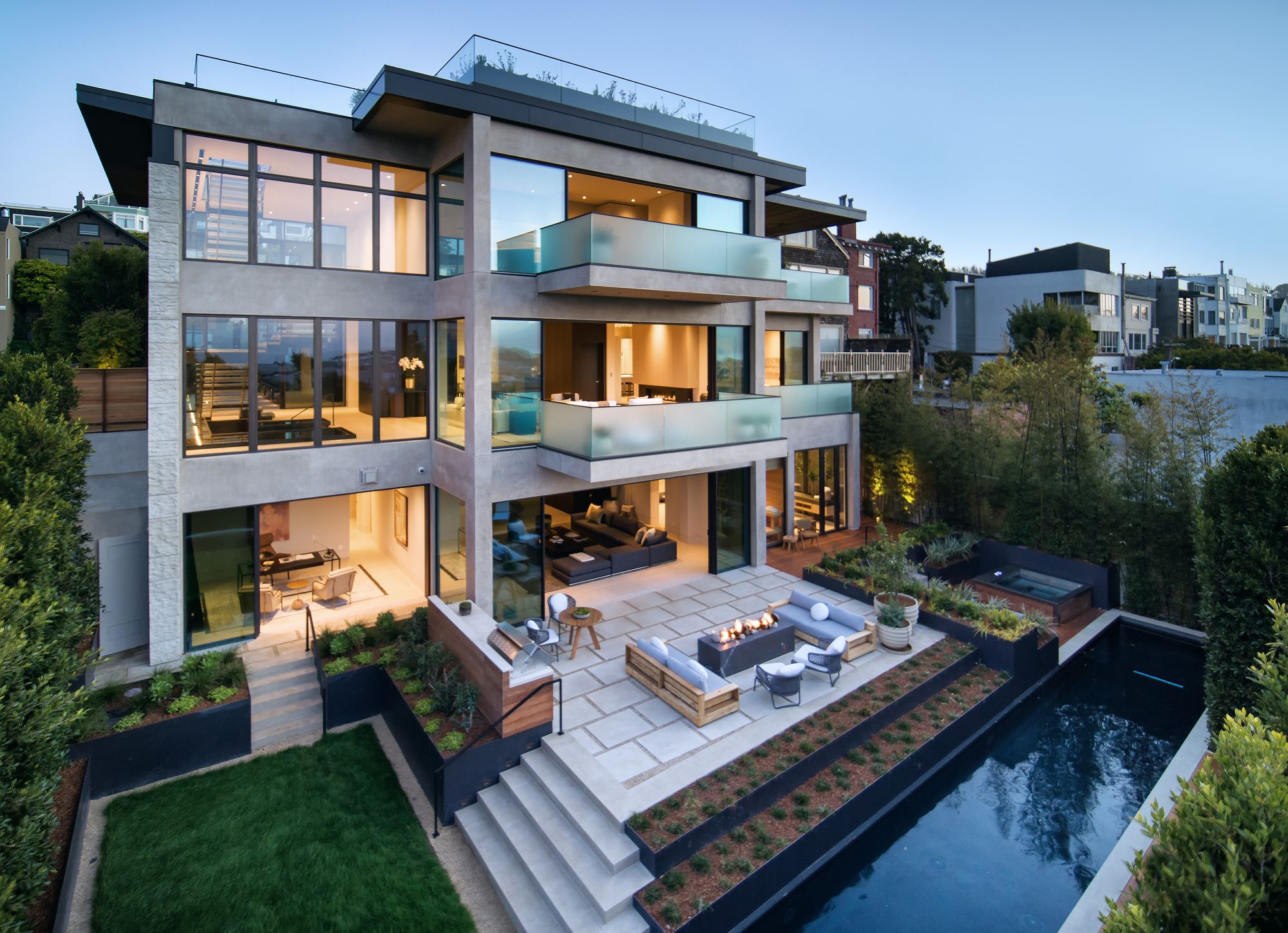Knowing when to stay in your home – and when to go
If living your best life is on your 2023 to-do list, it might be time to consider a change of address
You’ve been successfully climbing the property ladder, leapfrogging towards the prized dream home. But lifestyle or family circumstances can change and a volatile market can make choosing between renovating or moving unclear. Do you take the renovation plunge? Or just avoid potential pitfalls and for peace of mind – and your hip pocket – simply seek that ready-to-go turnkey dream house instead?
Carl Wilson from Home Estate Agents has been a Sydney realtor for 35 years. He’s well acquainted with this dilemma.
“They’re at a crossroads,” he says. “Houses are around but they’re price prohibitive. Any reasonable free-standing house in Sydney’s east is $3m upwards – even semis are attracting $2.5-3m.”
Despite a recent downturn, he says there has been price growth everywhere from Brisbane and Melbourne to Sydney.
“There was a completely rundown Coogee semi that sold in 2020 for $3.75m, now on the market after reno for $5.5m – but then, they’ve spent $2m on it.”
So, is the ‘renovate or move up’ conundrum more about growing family needs or profit potential? Wilson agrees that families requiring more space is often the overriding motivation.
COVID, living and material cost rises have shifted peoples’ expectations even more.
“All of those are a determining factor and they are deterrents to renovating,” he says. “Plus, there’s the DA process, compliance, build-time blowouts, unforeseen added cost – it’s two years of pain.”
It might seen reasonable for investors, Wilson says, but it’s not so much fun if you’re living in your family home as it’s renovated.
“It can destroy marriages,” he says. “A turnkey might be $1million up on where they are but at least there’s certainty.”
Read more stories like this in Kanebridge Quarterly magazine. Order your copy or subscribe today here
Building cost increases have also taken their toll.
“Five years ago you could renovate a semi for $300,000 to $400,000 but it’s now $1million and potentially $2 million,” he says. “There’s also the issue of pricing by postcode. The overcharging of clients in affluent areas is a reality.
“Alternatively, longtime city residents may sell out and buy up or down the coast. But now, NSW coastal houses worth $400,000 a decade ago can now be $1.5m.
“Ready-to-go residences are becoming a necessity, but there’s never enough around.”
To further muddy the waters, chances are it’s probably going to get worse. The pandemic has given people that didn’t previously have the money more capital, says Wilson. They accessed superaunnuation and halted spending on travel, new cars or entertainment. Plus, lockdowns and families all stuck at home together has given people pause.
“When COVID hit, some moved out of units into houses to alleviate living pressures,” he says. “Now, they’re moving back into units but craving the extra space.”
Builder Gregg Jowett from iRenov8 has been in the industry for 33 years, building from the ground up, managing reality TV builds. He now focuses primarily on bespoke renovations mainly in Sydney’s east and inner west.
“My typical clients are married parents of younger children, remortgaging because they’ve invested so much equity in their property,” he says. “My builds are a combination of creating more space, as well as purely aesthetic work. I do three to four jobs a year, typically six to eight months each.
He says most of his clients are on their second property, renovating and staying put for a while.
“There’s two types,” Wilson says. “One has renovated before and they tend to trust us completely. But to those new to renos, it’s never as streamlined as they think. They watch lifestyle TV shows and think they can do a lot themselves.”
He says COVID gave people pause to consider their options.
“It’s about finding the right builder/architect combo,” he says. “Some people don’t spend money on decent architectural drawings, but they’ve still got to get through council and the ambiguity makes it hard for builders.”
Hector Abbott is a commercial property developer living in his third property since starting a family. He upgraded from a semi to a four-bedroom, freestanding home in Coogee eight years ago, a 1920s cottage that had been fully-renovated by an owner/builder. “He lived in it for a decade before we found it,” he says. “We needed more space to accommodate our teenage daughters. We searched for two years, coming across several houses that ticked boxes but not enough. When you have to donate a six-figure sum to stamp duty, it’s not a decision made lightly.”
The thought of renovating as opposed to buying a turnkey held no appeal at all.
“I work from home,” he says. “I need an office and being disrupted whilst in a renovation, or renting another property while overseeing a build, is too much to contemplate.
“That said, four years ago we did an exterior renovation. We repainted the house, landscaped and rebuilt a pergola.”
The endgame for Abbott was always about a long-term abode.
“I’ve no desire to own a $25m mansion,” he says. “The house is centrally located. The kids have grown up here and we have no desire to downsize. Investment return was never an issue, even though this area is bulletproof. Why on earth leave?”
Can’t decide whether to move or improve? Ask yourself these questions
Do you love where you live? If the kids are in school or there’s a great sense of community, staying where you are and renovating may offer a better lifestyle for everyone
What are house prices doing? If property prices in your area have risen significantly and you’re looking to downsize, or you’re after a seachange, you could sell up and unlock some of the equity in your property
Is your place unlivable? This means different things to different people – it may be too small, too old or too rundown. If you’re thinking of renovating, consider the rising costs of building materials and access to trades
Will selling and buying cost you more? ‘Dead money’ like stamp duty could be ploughed into a renovation. Check what costs you may be up for before making a final decision
This stylish family home combines a classic palette and finishes with a flexible floorplan
Just 55 minutes from Sydney, make this your creative getaway located in the majestic Hawkesbury region.
The insurance premium gap between flood affected and non-flood affected homes is significant
Climate change is already affecting home values due to the impact of more severe weather events and rising home insurance premiums, and the cost of building is likely to rise as regulatory changes designed to enhance climate resilience alter building codes and zoning laws, according to a new report.
The National Housing Supply and Affordability Council describes climate change as an emerging trend that is raising the cost and complexity of supplying more housing. In its newly released State of the Housing System report, the council discusses how climate change is reducing the value of some homes when major weather events cause flooding or other natural disasters.
“The price differential between flood-affected and non-flood affected homes has been estimated to be up to 35 percent a year after a flooding event,” the report says. “Furthermore, the RBA estimates around 7.5 percent of properties are in areas that could experience price falls of at least 5 percent due to climate change by 2050.”
More than one million households are struggling to afford home insurance, and rates of non-insurance are increasing due to the cost. For example, the Australian Competition and Consumer Commission estimated that 40 percent of homes in Northern Western Australia were uninsured in 2020.
“Climate change is causing home insurance premiums to rise across Australia, adding to already elevated housing costs. Homeowners in areas considered at–risk of natural disasters are expected to see insurance premiums rise further or have difficulty obtaining insurance due to heightened risks.”
More frequent and severe weather events such as cyclones and bushfires, as well as coastal erosion and flooding from rising sea levels, present risks to housing safety. More than 3,000 homes were lost in the 2019-20 bushfire season, causing $2.3 billion in insurance losses. The report says the predicted direct cost of natural disasters to the economy and housing will be $35.2 billion per year by 2050.
Climate change and net-zero targets could raise the cost of building new homes, the report says. “Regulatory changes to enhance climate resilience will alter building codes and zoning regulations.
Developers facing higher compliance costs may have difficulties meeting updated standards, potentially delaying or reducing housing availability.”
However, the report says the increased cost of building a home with climate-resistant materials and eco-friendly features is more than offset by lower energy costs over a property’s lifetime. The current minimum energy efficiency requirements within the National Construction Code are estimated to deliver a household–level benefit-to-cost ratio of 1.37, according to the report.
Just 55 minutes from Sydney, make this your creative getaway located in the majestic Hawkesbury region.
This stylish family home combines a classic palette and finishes with a flexible floorplan












